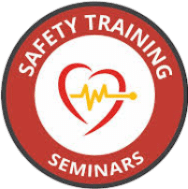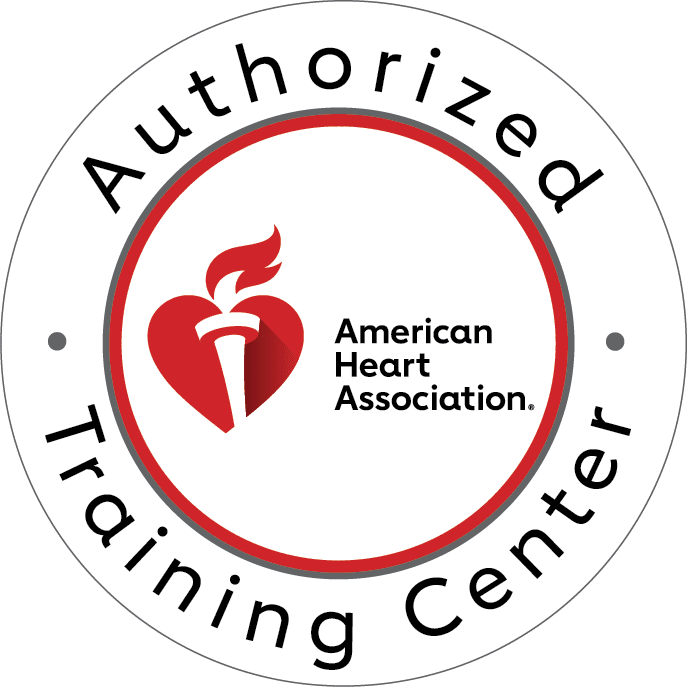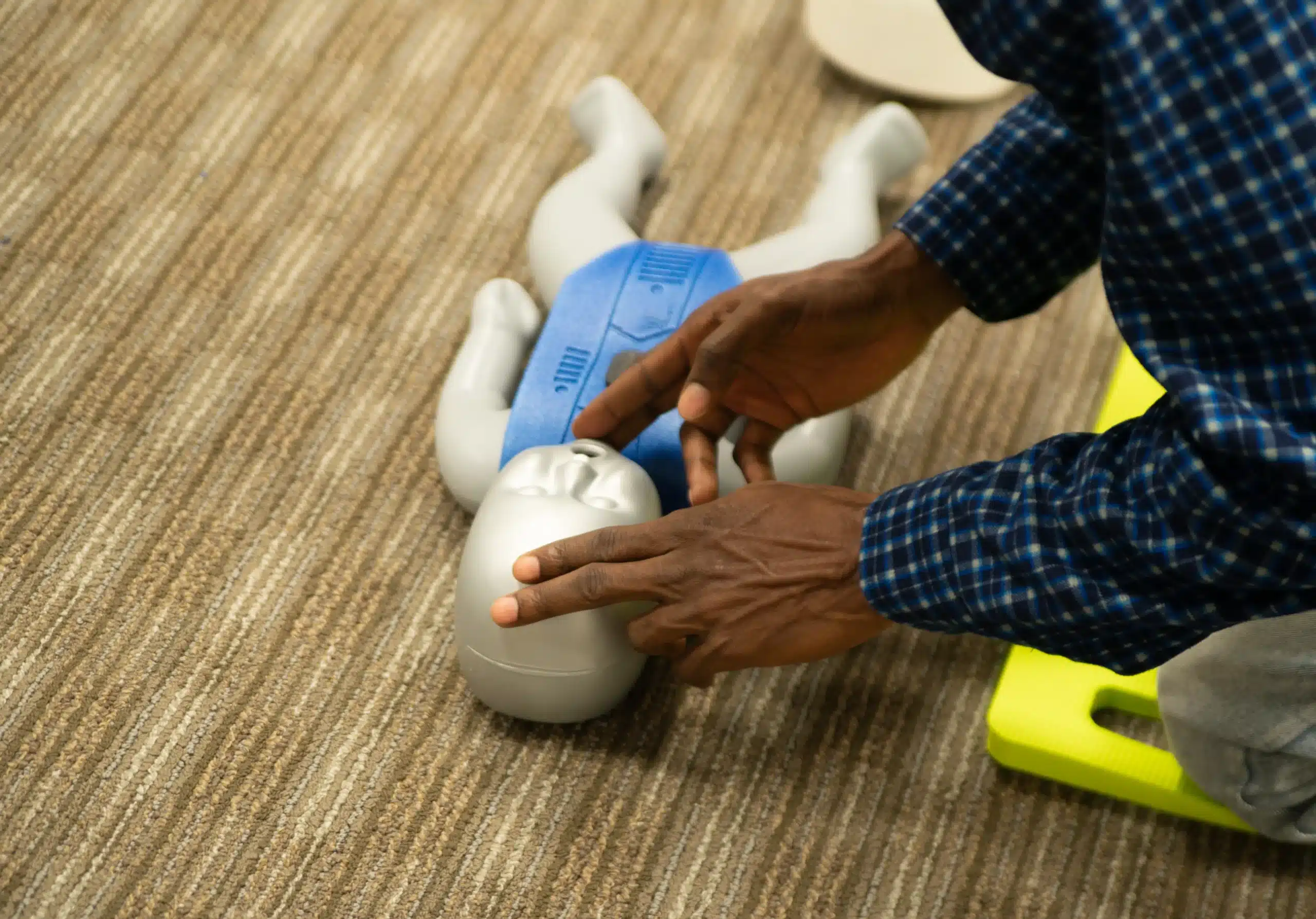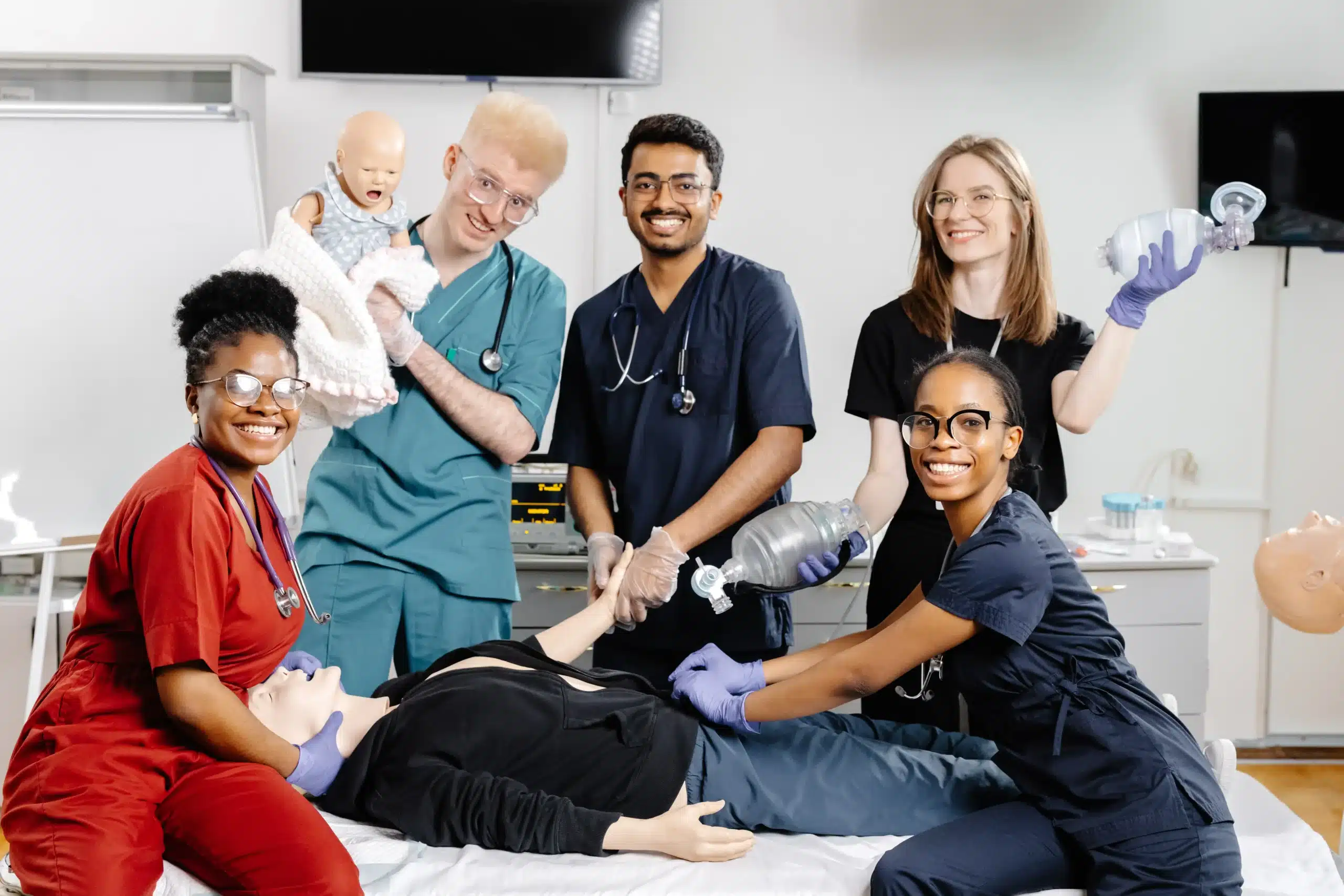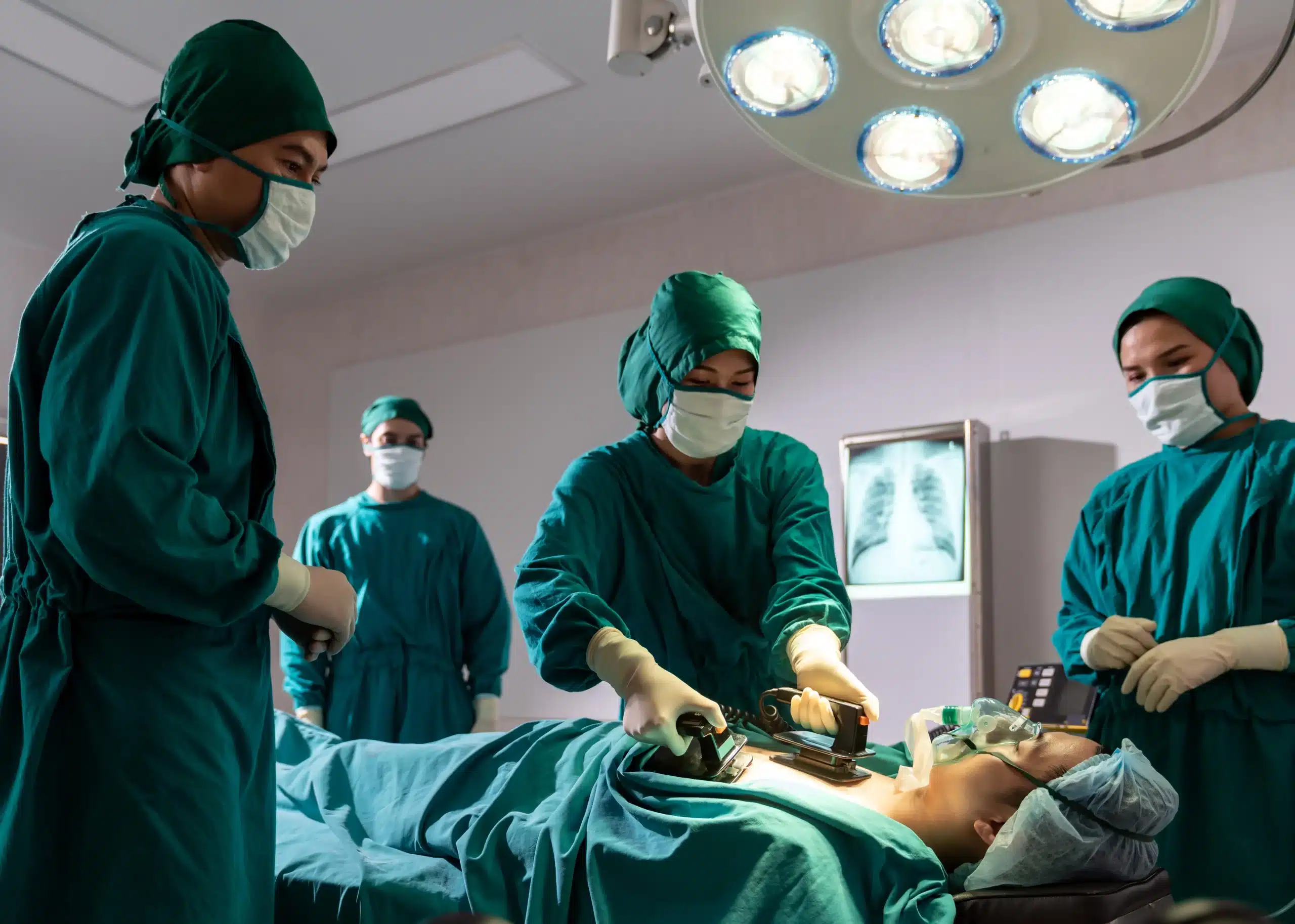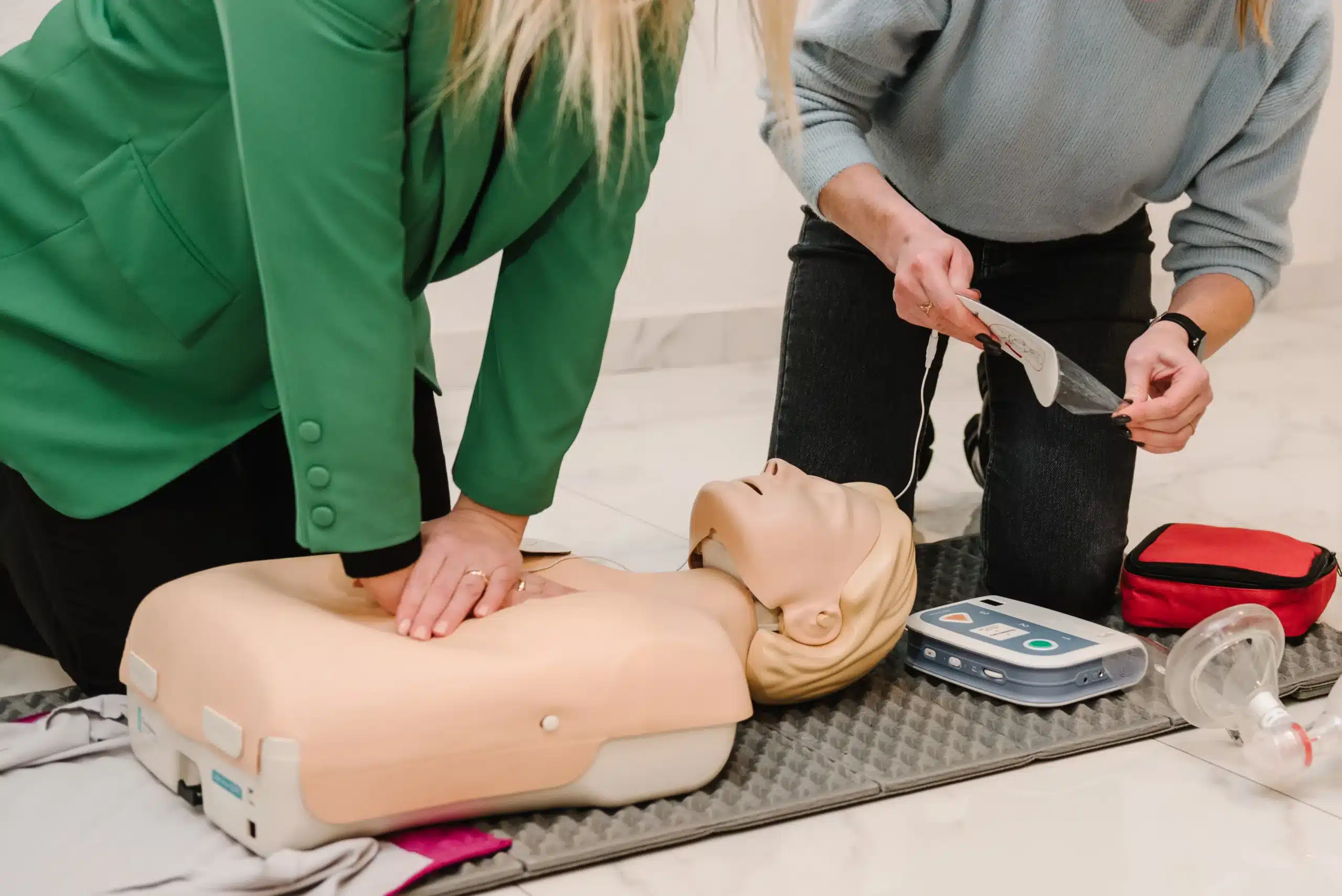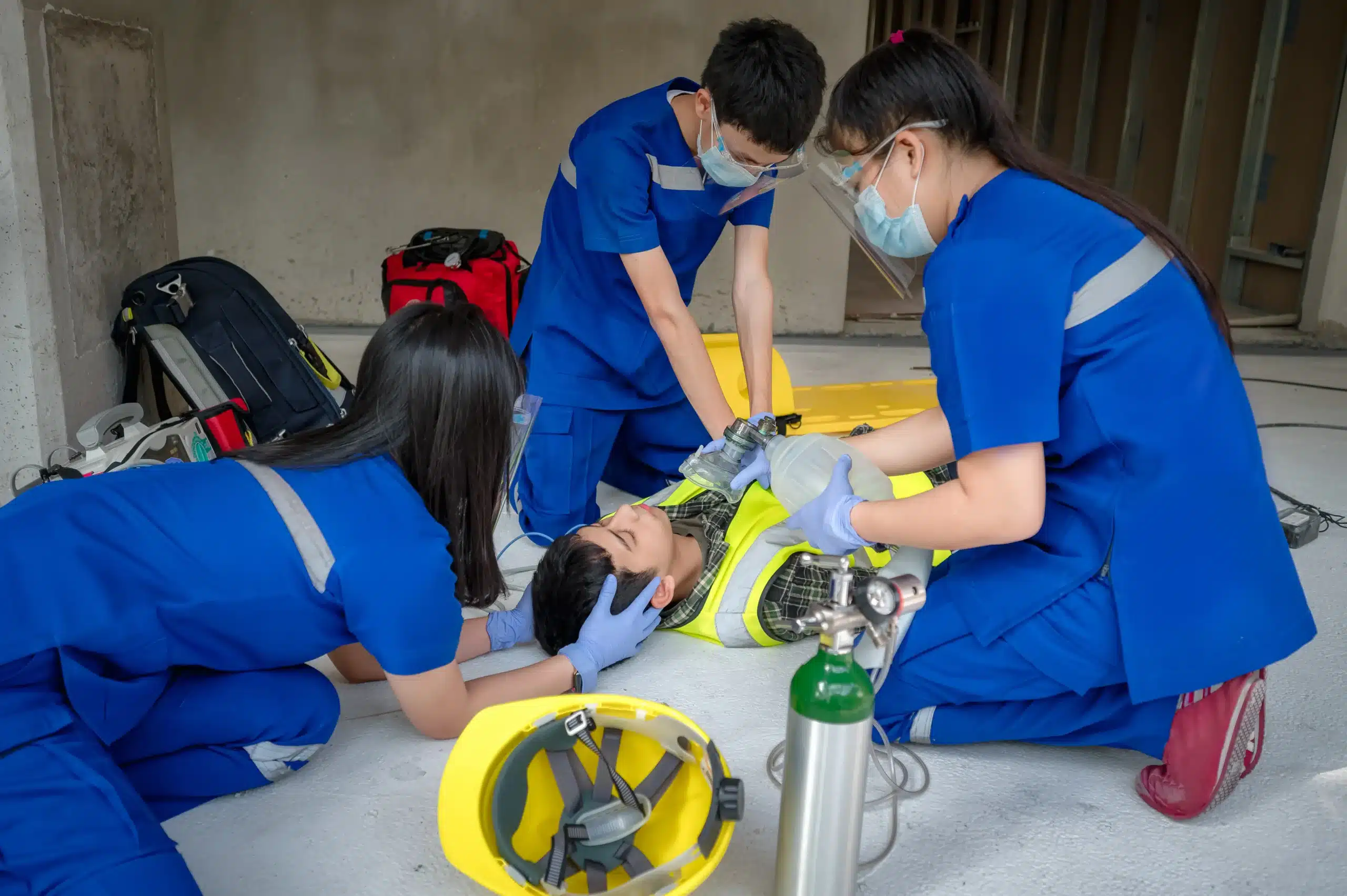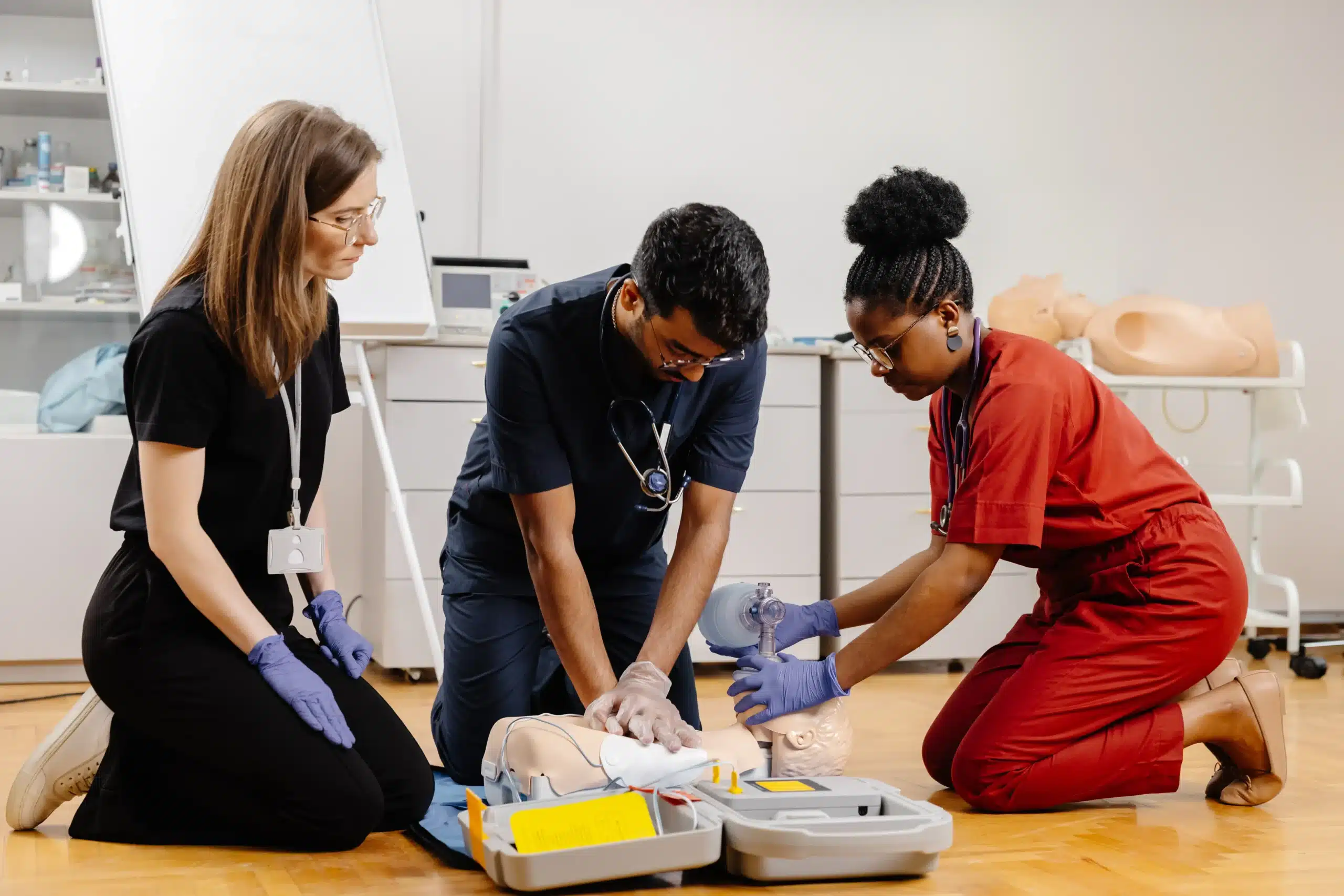Seconds can matter in a medical emergency. BLS certification empowers you to act quickly and effectively when faced with life-threatening situations. This guide provides a clear and concise overview of BLS certification, from the core skills covered to finding “BLS certification near me.” We’ll explore different learning options, discuss cost considerations, and offer tips for selecting a reputable training provider. Whether you’re a healthcare professional or someone who wants to be prepared for anything, this guide will help you on your path to becoming BLS certified.
Key Takeaways
- BLS certification provides essential lifesaving skills: Learn CPR, AED use, and airway management techniques to confidently respond to emergencies. Explore different course formats to find one that suits your needs.
- Select a reputable BLS provider: Look for accreditation, experienced instructors, and updated materials. Consider scheduling flexibility and seek out providers who prioritize student feedback.
- BLS training is a worthwhile investment: Evaluate the cost of different programs and explore potential discounts or employer-sponsored options. Choose a course that offers comprehensive training and valuable, real-world skills.
What is BLS Certification & Why Do You Need It?
BLS certification—or Basic Life Support certification—teaches you the skills to respond to cardiovascular emergencies and other life-threatening incidents. It goes beyond basic CPR to include a broader range of techniques and knowledge. Whether you’re a healthcare professional or simply want to be prepared for an emergency, understanding BLS and its importance can be truly empowering.
Key BLS Skills
A BLS certification course covers core skills like high-quality CPR for adults, children, and infants. You’ll also learn how to use an automated external defibrillator (AED), a portable device that can help restore a normal heart rhythm. Airway management techniques are another crucial component, teaching you how to open a person’s airway and provide rescue breaths. BLS also emphasizes the importance of teamwork and communication during emergencies. These skills combined give you the confidence to step in when seconds count.
Importance for Healthcare Professionals & First Responders
For anyone working in healthcare, BLS certification is often a job requirement. It ensures that everyone on a medical team has the fundamental skills to handle emergencies effectively. Regular BLS training and recertification keep these skills sharp and introduce updated guidelines and best practices. Beyond the professional requirements, BLS certification empowers healthcare providers to make a real difference in critical situations, potentially saving lives. It’s a cornerstone of patient care and safety.
Find BLS Certification Courses Near You
Finding the right BLS certification course means understanding what’s available. From online learning to in-person classes, there’s an option for everyone. Here’s how to find BLS certification near you:
Local Training Providers
Many hospitals and clinics offer BLS certification courses for staff and the community. Check with hospitals in your area, such as Sutter Delta Medical Center or John Muir Health, to see what they offer. Local fire departments and ambulance services often provide BLS training as well. These local options are convenient for those who prefer hands-on learning.
Online Search Tools & Resources
Online BLS courses offer flexibility for busy schedules. These courses let you learn at your own pace and on your own time. Reputable providers like the American Heart Association offer online and blended learning options (online learning combined with in-person skills sessions). Make sure your chosen program includes a hands-on component to practice your skills.
Safety Training Seminars: Your Brentwood, CA Option
If you’re in or around Brentwood, CA, Safety Training Seminars offers various American Heart Association courses, including BLS. They provide certification cards and have a low price guarantee. Serving Antioch, Brentwood, and Concord, their local focus makes them a convenient option. Visit their website for upcoming BLS course dates.
American Red Cross
The American Red Cross is a well-known provider of BLS certification courses for healthcare providers and first responders. Check their website to find a course near you. Their established reputation and comprehensive training make them a solid choice.
Local Hospitals & Community Colleges
Many community colleges offer BLS certification within their health sciences programs. These courses are often open to the public and can be a more affordable option. Contact your local community college or check their website for course listings. Learning BLS is a great way to gain essential lifesaving skills and contribute to a more prepared community.
Choose the Right BLS Training Format
Finding the right BLS training format is key to learning effectively. Think about your learning style, schedule, and what works best for you. Here’s a breakdown of the most common options:
In-Person Classes
In-person BLS training offers a structured learning environment led by an experienced instructor. These classes typically run for about 4.5 hours and provide a hands-on learning experience. You’ll practice skills like CPR and using an AED in a real-world setting, getting immediate feedback from your instructor. This format is great for people who learn best through direct interaction and hands-on practice. Our in-person BLS classes in Brentwood provide this immersive learning experience.
Online Courses
If you need more flexibility, an online BLS course might be a good fit. Online courses let you learn at your own pace, fitting the training around your busy schedule. You’ll have access to interactive modules, videos, and often a digital participant’s manual. The American Red Cross offers a comprehensive online BLS course. Keep in mind, though, that online courses typically require an in-person skills session to complete your certification.
Blended Learning
Blended learning combines the best of both worlds. You’ll complete the coursework online at your own speed and then attend an in-person skills session to practice what you’ve learned. This format offers flexibility while still ensuring you get the hands-on training crucial for BLS. The Red Cross also provides resources for blended learning in BLS.
Pros & Cons of Each Format
Here’s a quick overview of the advantages and disadvantages of each format:
-
In-Person:
- Pros: Hands-on practice, direct instructor interaction, structured learning.
- Cons: Less schedule flexibility, may require travel.
-
Online:
- Pros: Flexible schedule, learn at your own pace, accessible from anywhere with internet access.
- Cons: Requires a separate in-person skills session.
-
Blended Learning:
- Pros: Combines online flexibility with in-person skills practice.
- Cons: Requires coordinating both online and in-person components.
Consider these factors when choosing your BLS training format. The right choice depends on your individual needs and preferences.
BLS Certification: Cost vs. Value
Getting BLS certified is an investment in your skills and career, so understanding the costs is essential. Let’s break down the pricing and explore how to find the best value.
Average Course Costs
BLS certification courses typically range from $50 to $150, depending on the provider, location, and course format. Safety Training Seminars offers competitive pricing and a low-price guarantee, making us a cost-effective choice for those in the Brentwood, Antioch, and Concord areas. Remember, the cheapest option isn’t always the best. Consider the overall value, including instructor experience and course materials.
Factors Affecting Cost
Several factors can influence the price of your BLS certification. In-person training often costs more than online courses due to facility overhead and instructor fees. Location matters too—larger cities sometimes have higher prices. The training provider also plays a role. Some organizations, like the American Red Cross, have standardized pricing, while independent providers may offer more flexible options. The type of course (initial certification or recertification) can also affect the cost. CPR AED Course offers more information on finding BLS courses.
Discounts & Financial Aid
Look for ways to save on your BLS training. Many providers offer discounts for group bookings, students, military personnel, or early registration. Safety Training Seminars provides discounts for group classes, making it a great option for workplaces or groups of friends. Some organizations may also offer financial aid or scholarships, so it’s always worth asking. Mysterious Hub discusses common challenges in BLS renewal.
Group Rates & Employer-Sponsored Training
If you’re training multiple people, explore group discounts. These can significantly reduce the per-person cost. Many employers sponsor BLS training for their employees. Check with your human resources department to see if this is an option. This can be a win-win, covering the certification cost while ensuring employees have essential, life-saving skills. MyCPRCertificationOnline offers insights into best practices for BLS certification.
Choose a Quality BLS Provider
Finding the right BLS provider is just as important as the certification itself. Here’s what to look for:
Accreditation & Certification Standards
First things first, confirm your BLS course provider adheres to nationally recognized standards. This ensures the training aligns with the latest American Heart Association guidelines. For example, our courses at Safety Training Seminars meet these AHA standards for CPR, First Aid, BLS, ACLS, and PALS certifications. Accreditation demonstrates a commitment to quality and gives you confidence in the value of your certification.
Instructor Qualifications & Experience
Experienced instructors make all the difference. Look for instructors who are not only certified but also possess real-world experience. This practical knowledge translates into more engaging and effective training. The best instructors can connect classroom learning to real-life scenarios, making the information stick. At Safety Training Seminars, our instructors are healthcare professionals with a passion for teaching these essential, lifesaving skills. We believe that experienced instructors are key to a successful learning experience.
Course Content & Updated Materials
BLS guidelines evolve, so your course materials should too. Ensure the provider uses the most current resources and incorporates the latest techniques. This is critical for providing the highest quality care. Outdated information won’t help in a real emergency. Safety Training Seminars uses up-to-date materials, reflecting current best practices in BLS. We regularly update our curriculum to ensure our students receive the most relevant and effective training.
Scheduling Flexibility & Convenience
Life gets busy. A quality BLS provider understands this and offers flexible scheduling options. Whether you prefer in-person classes or the convenience of online learning, find a format that fits your lifestyle. We offer various scheduling options, including discount group classes, to accommodate busy professionals and individuals in Antioch, Brentwood, and Concord. Check out our website for our Northern California CPR directory to find a class near you.
Feedback & Continuous Improvement
Constructive feedback is essential for skill development. A good BLS course will incorporate opportunities for feedback and evaluation. This helps you identify areas for improvement and refine your technique. Look for providers who prioritize student feedback and use it to enhance their programs. At Safety Training Seminars, we encourage open communication and provide personalized feedback to each student.
Reviews & Testimonials
Finally, don’t hesitate to check out reviews and testimonials. Hearing from past participants gives you a sense of the provider’s reputation and the quality of their training. Real-world experiences and feedback can offer valuable insights. You can find reviews for Safety Training Seminars on our website, showcasing our commitment to providing high-quality BLS training. We’re proud of the positive feedback we receive and believe it reflects our dedication to providing excellent instruction.
Related Articles
- BLS Certification in Concord: Your Comprehensive Guide – Brentwood CPR Classes
- How to Find BLS Training Near Me – Brentwood CPR Classes
- Find BLS Classes Near Me: Your Certification Guide – Brentwood CPR Classes
- BLS for Healthcare Providers in Brentwood: A Complete Guide – Brentwood CPR Classes
- BLS Certification in Antioch: A Complete Guide
Frequently Asked Questions
How long does BLS certification last? BLS certification is typically valid for two years. Renewing your certification ensures you stay up-to-date with the latest guidelines and best practices in life support.
What’s the difference between BLS and CPR? CPR is a core component of BLS, but BLS covers a broader range of skills. Think of BLS as encompassing CPR along with other essential techniques like using an AED and managing airways. BLS also emphasizes teamwork and communication during emergencies.
Is online BLS certification accepted? Yes, online BLS certification is widely accepted, provided it includes a required in-person skills assessment component. This hands-on portion allows you to demonstrate your skills and receive feedback from a certified instructor.
Who should get BLS certified? While healthcare providers and first responders often require BLS certification for their jobs, anyone can benefit from this training. Knowing BLS empowers you to respond effectively in medical emergencies, potentially saving a life. Parents, teachers, coaches, and anyone interested in being prepared for the unexpected can benefit from BLS training.
How do I find a BLS course near me? Start by checking with local hospitals, fire departments, and community colleges. You can also search online for BLS providers like the American Red Cross or the American Heart Association. If you’re in the Brentwood, CA area, check out Safety Training Seminars for local courses.
